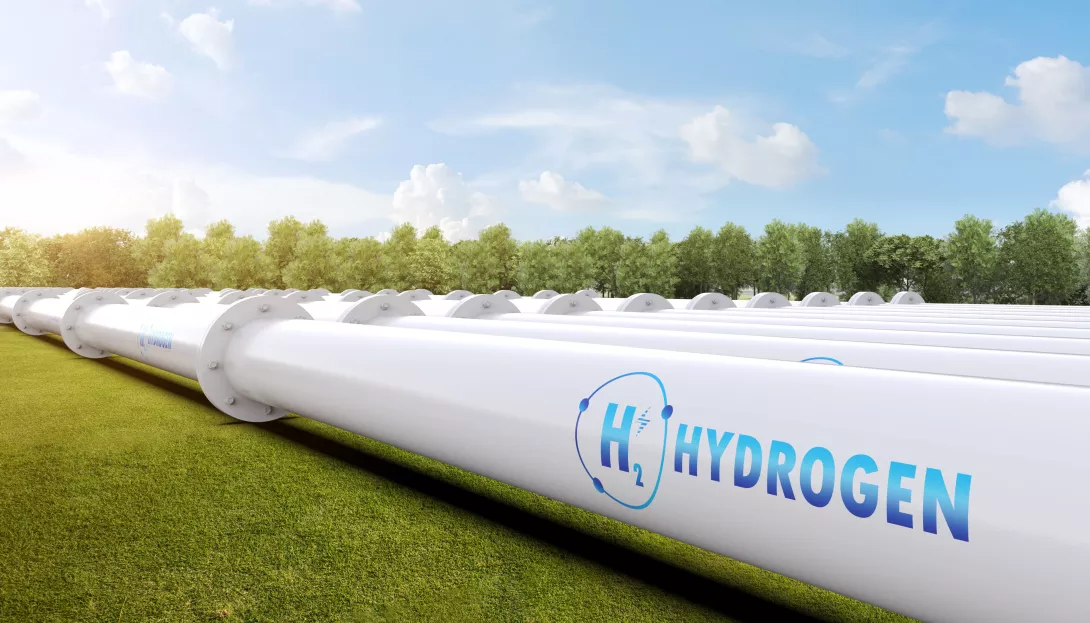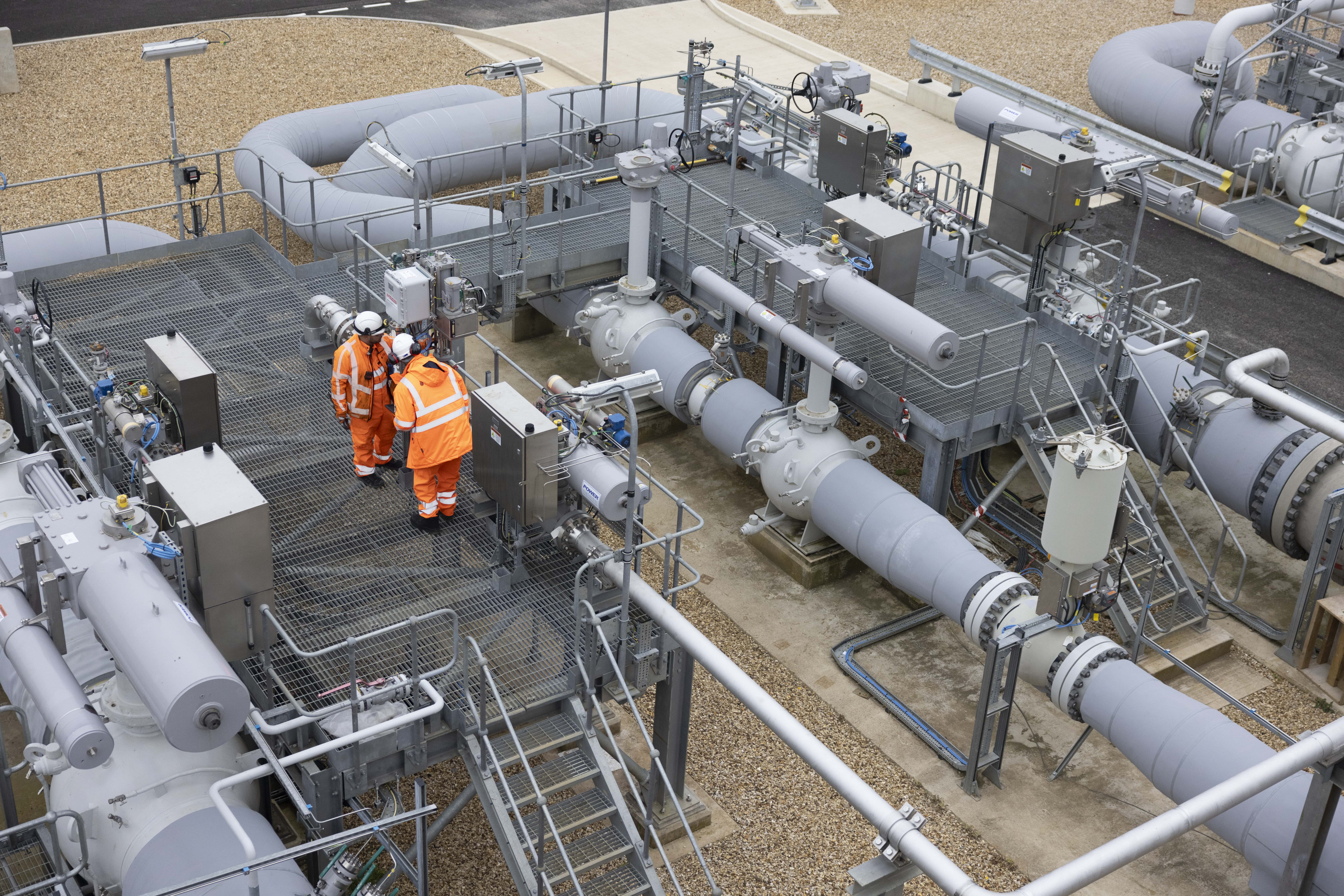19 October 2023
National Gas deal paves the way towards no-regrets hydrogen network

National Gas has kicked off the next stage of its hydrogen programme by engaging Jacobs and ERM to help deliver pre-Front End Engineering Design (pre-FEED) activities for a hydrogen backbone connecting industrial regions across Britain.
Project Union is a pioneering project led by National Gas to create a British hydrogen backbone, capable of transporting 100% hydrogen, connecting hydrogen production and storage with end users.
Through the phased repurposing of existing high pressure gas transmission network infrastructure - alongside the construction of selected new pipelines - Project Union will create a hydrogen network of up to 2,000km, equivalent to 25% of Britain’s current methane transmission network.
Jacobs and ERM will work with National Gas to develop strategic route options, culminating in the production of a Strategic Options Report and pre-FEED report for a full hydrogen backbone. This process will involve:
- customer and stakeholder engagement and analysis;
- technical assessments for repurposing national transmission pipelines for hydrogen use;
- environmental and planning consent review of options;
- “constructability assessments” which will minimise design delays, and over-expenditure by identifying potential obstacles to construction;
- hydrogen network flow assurance and enhanced cost-estimation of options.
The project is currently in a feasibility phase to identify a programme of ‘no regrets’ investments. The programme is yielding supporting evidence to inform energy policy and enable Government to make progress in realising its hydrogen ambitions, which include reaching 10GW of low carbon hydrogen production capacity by 2030.
The contract announcement also follows yesterday’s publication of the National Infrastructure Commission’s five-yearly National Infrastructure Assessment (18 October), which recommended a national hydrogen network to connect and decarbonise major industrial centres across Britain and strengthen energy security.
Danielle Stewart, Project Director of Project Union at National Gas, said:
“Engaging Jacobs and ERM is an exciting development for Project Union: but most importantly it represents the next step in providing widespread access to low carbon hydrogen in Britain, leading to system resilience and efficiency by using shared network infrastructure.”
Koti Vadlamudi, Senior Vice President at Jacobs, said:
“Leveraging Jacobs’ global energy capability, deep cross-sector experience and our digital data platforms to develop strategic route options and Pre-FEED reports, we’re committed to shaping tomorrow’s climate response focused energy solutions with aligned partners like National Gas in the UK and around the world.”
Russell Cullen, Partner at ERM, said:
“ERM is delighted to be supporting National Gas and Jacobs with environmental and sustainability services for the upgrade of the National Transmission System. This project will help to deliver on the net zero agenda for the UK and reinforces how ERM's services can support National Gas across the business lifecycle towards a sustainable economy, developing physical assets in a sustainable way and integrating sustainability into daily operations.”
The outputs of this phase of work will enable investment decisions to be made for future development phases of Project Union and the wider GB hydrogen economy.
Ends
Notes to editors:
National Gas comprises three businesses, National Gas Transmission, National Gas Metering and National Gas Services.
As both the transmission owner and system operator, National Gas Transmission owns, builds and operates the high-pressure NTS with day-to-day responsibility for balancing supply and demand in real time and facilitates the connection of assets to the transmission system. The NTS comprises approximately 7,600 kilometres of high-pressure pipe and 23 compressor stations connecting to 8 distribution networks and other third-party independent systems.
Project Union is a project led by National Gas Transmission to create a UK hydrogen backbone, transporting 100% hydrogen, connecting hydrogen production and storage with end users. Through the phased repurposing of existing high pressure gas transmission network infrastructure, the backbone will comprise 1,500 to 2,000km of repurposed assets. Where necessary this will be supplemented with new infrastructure by the early 2030s.

